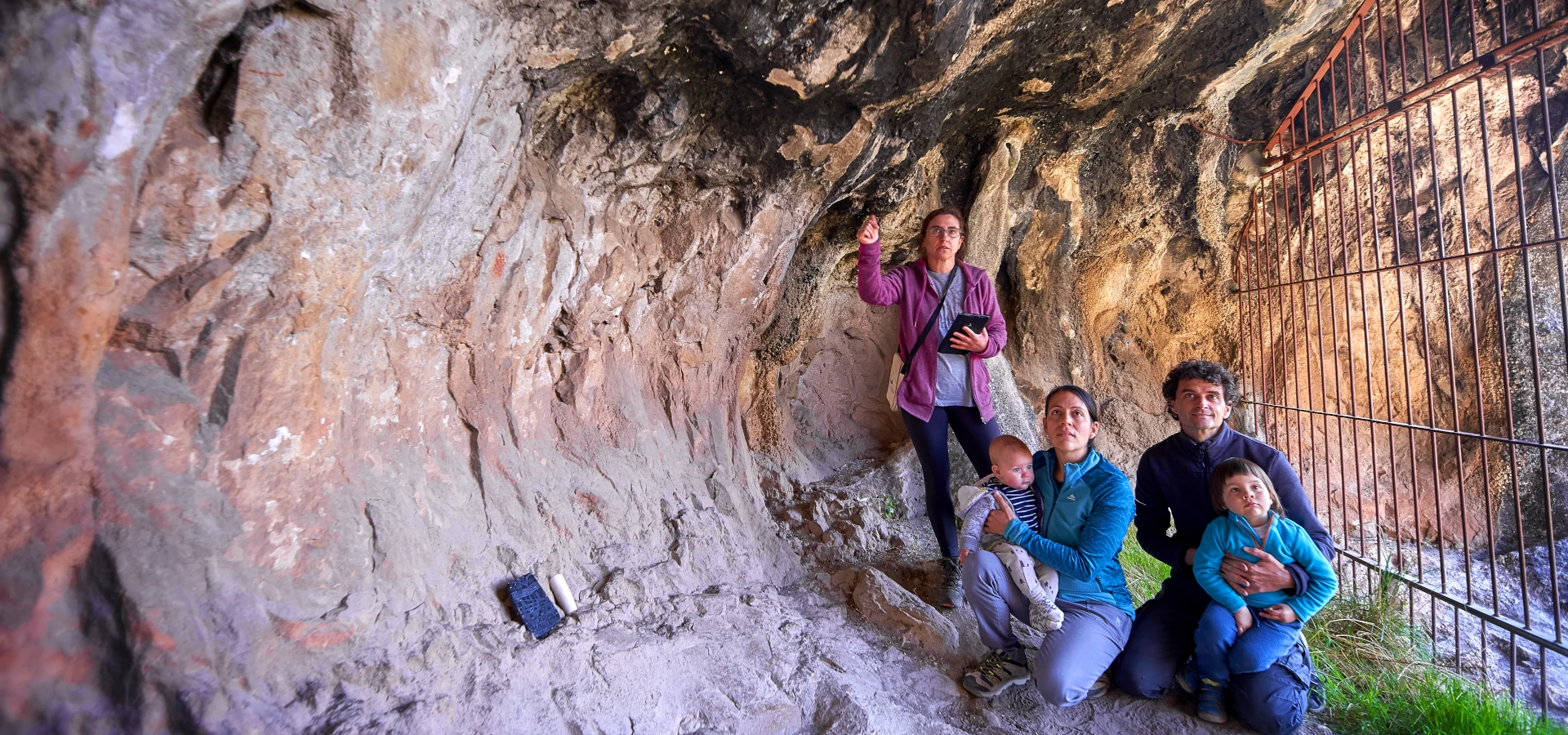The River Vero canyon, passing through the Sierra de Guara, contains an exceptional archaeological legacy. With more than 60 shelters with cave paintings, this natural area has been converted into an exceptional outdoor prehistory museum.
After the discovery of the first shelter of schematic-style art by Pierre Mimvielle in 1969 and the study of Antonio Beltran, a systematic research campaign began, which lasted twenty years, under the direction of the Museum of Huesca, directed by Viciente Baldellou, who produced this impressive result.
In the different painted shelters you can find magnificent examples of the three classic styles of European cave art: paleolithic, levantine and schematic.
Among the sites, a highlight is the Fuente de Trucho cave, the only cave with paleolithic paintings found thus far in Aragon.
In 1998, UNESCO incorporated the collection of shelters into the World Heritage List, and it now forms part of the World Heritage “Rock Art of the Mediterranean Basin on the Iberian Peninsula”.
The majority of the paintings are parietal, however paleolithic and schematic engravings have also been found.
The cave art is a fundamental element of the configuration of our cultural landscape, not just of interest to visitors with an interest in archaeology, and cave art in particular, but also of interest to visitors lured by the environment, the traditional landscape, and the popular architecture. It is also a very effective environmental education tool.
In the same way, the connection between the cave art and the landscape provides a thematized tourist attraction, integrates the culture and nature, landscapes and cultural heritage, and contributes to the sustainable development of the region.









